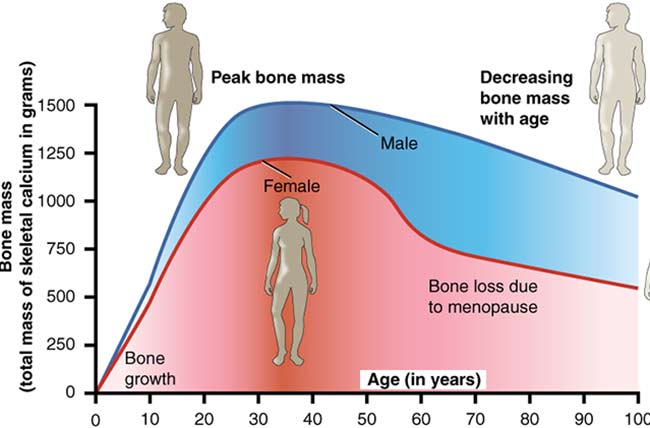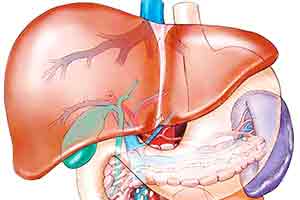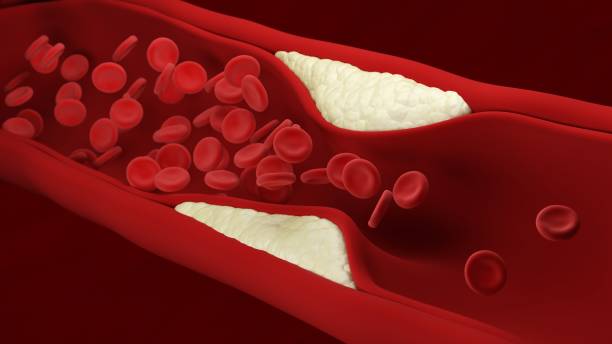Which Bone Measures Predict Fractures in Postmenopausal Women?
When investigators compared initial bone parameters with changes in those parameters over time in postmenopausal women, they found that initial measurements were significantly associated with women’s risk of fracture.
 Rates of changes in bone density, microarchitecture, and strength were similar between the fracture and non-fracture groups.
Rates of changes in bone density, microarchitecture, and strength were similar between the fracture and non-fracture groups.
These findings published in the Journal of Bone and Mineral Research suggest that peak bone mass and density may play a more important role in fragility fractures than bone loss.
“Although we know that low bone mineral density is associated with increased fracture risk, the inclusion of microarchitectural information provides a novel opportunity to improve our assessment of bone integrity over traditional bone mineral density,” said senior author Dr. Steven Boyd, of the University of Calgary, in Canada. “Our study suggests that there are specific underlying architectural features that are associated with fracture outcomes, and that combining high resolution imaging with computer methods are important new tools to assess and monitor bone strength.”
Source: Wiley
Full bibliographic information:
Lower Bone Density, Impaired Microarchitecture, and Strength Predict Future Fragility Fracture in Postmenopausal Women: 5-Year Follow-up of the Calgary CaMos Cohort. Journal of Bone and Mineral Research.




